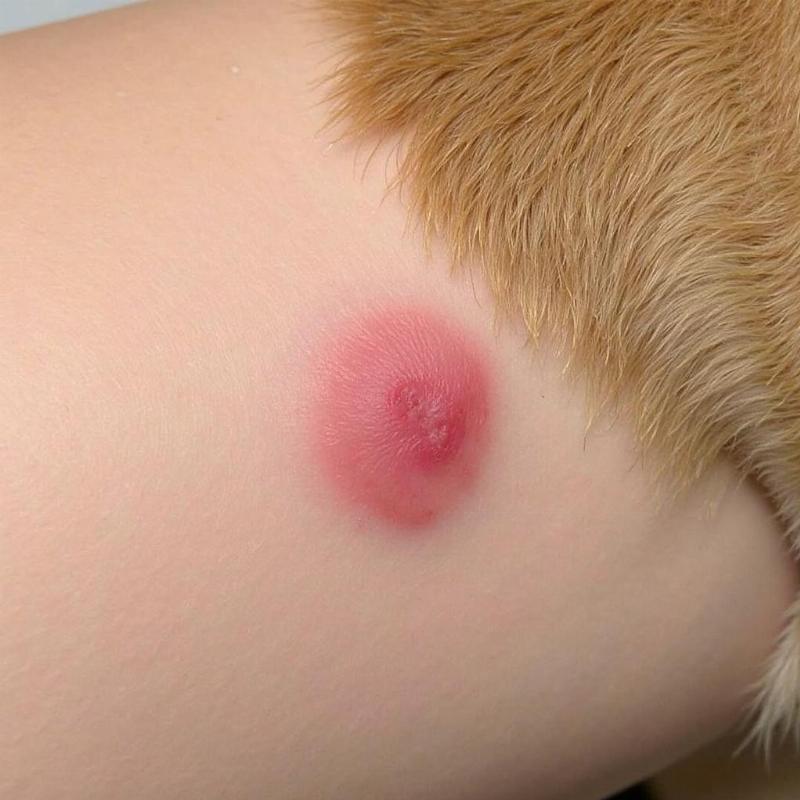Injectable flea and tick prevention for dogs offers a convenient alternative to topical treatments and oral medications. This guide will delve into the world of injectable flea and tick preventatives, discussing their benefits, potential drawbacks, and important considerations for dog owners in the United States. We’ll explore how these injectables work, which parasites they target, and how to make the best decision for your furry friend’s health and well-being.
Understanding Injectable Flea and Tick Preventives
Injectable flea and tick prevention works by delivering a concentrated dose of medication that protects your dog from parasites over an extended period. This method eliminates the need for monthly applications or pills, offering a hassle-free approach to parasite control. The active ingredients in these injectables typically work by disrupting the flea and tick life cycle, preventing them from reproducing and ultimately eliminating infestations.
Is there a shot that can protect my dog from fleas and ticks for several months? Yes, injectable preventatives offer long-lasting protection, typically for six to twelve months, depending on the specific product. This makes them a popular choice for busy pet owners or those who have difficulty administering other forms of parasite control.
Benefits of Injectable Flea and Tick Prevention
One of the key advantages of injectable flea and tick prevention is its long-lasting protection. This eliminates the need for frequent applications, reducing the risk of missed doses and providing consistent parasite control. Injectable preventatives are also waterproof, unlike some topical treatments, ensuring your dog remains protected even after swimming or bathing. Additionally, these injectables can be particularly beneficial for dogs with sensitive skin or allergies, as they bypass the need for topical applications that may cause irritation.
Potential Drawbacks and Considerations
While injectable flea and tick preventatives offer several advantages, it’s essential to be aware of potential drawbacks. Some dogs may experience temporary side effects at the injection site, such as soreness, swelling, or hair loss. Although rare, more serious reactions can occur, so it’s crucial to consult with your veterinarian. Also, injectable preventatives may not be suitable for all dogs, particularly those with certain health conditions. Your veterinarian can assess your dog’s health and recommend the most appropriate parasite prevention method.
 Potential Side Effects of Injectable Flea and Tick Prevention
Potential Side Effects of Injectable Flea and Tick Prevention
Choosing the Right Injectable Flea and Tick Preventative
The best injectable flea and tick preventative for your dog will depend on various factors, including their age, breed, health status, and lifestyle. Your veterinarian can help you determine the most suitable product based on these factors and your dog’s individual needs. When discussing injectable preventatives with your vet, be sure to ask about the specific parasites the product targets, the duration of protection, and any potential side effects.
Is there an injectable flea and tick preventative that specifically targets Lyme disease? Yes, some injectable preventatives offer protection against the ticks that transmit Lyme disease. Discuss your concerns with your veterinarian to ensure your dog receives the most comprehensive protection.
Importance of Veterinary Consultation
Before administering any injectable flea and tick preventative to your dog, it is imperative to consult with your veterinarian. They can evaluate your dog’s overall health, identify any potential risks, and recommend the most appropriate preventative based on their individual needs. Your veterinarian can also provide guidance on proper administration and address any concerns you may have.
Conclusion
Injectable flea and tick prevention for dogs offers a convenient and effective way to protect your furry companion from these pesky parasites. By consulting with your veterinarian and understanding the benefits, drawbacks, and available options, you can make an informed decision that best suits your dog’s individual needs. Remember, regular veterinary checkups and parasite prevention are essential for maintaining your dog’s overall health and well-being.
FAQ
- How long does injectable flea and tick prevention last? Injectable preventatives typically provide protection for six to twelve months, depending on the specific product.
- Are there any side effects associated with injectable flea and tick prevention? Some dogs may experience temporary side effects at the injection site, such as soreness, swelling, or hair loss. More serious reactions are rare but possible.
- Is injectable flea and tick prevention suitable for all dogs? No, it may not be suitable for dogs with certain health conditions. Consult your veterinarian to determine the best option for your dog.
- How much does injectable flea and tick prevention cost? The cost varies depending on the specific product and your veterinarian’s fees.
- Where can I get injectable flea and tick prevention for my dog? Injectable preventatives are available through your veterinarian.
- Can I give my dog an injectable flea and tick preventative myself? No, injectable preventatives should only be administered by a licensed veterinarian.
- What should I do if my dog has a reaction to an injectable flea and tick preventative? Contact your veterinarian immediately if your dog experiences any unusual symptoms after receiving an injectable preventative.
Beautdogs.us is your premier online resource for all things dog-related in the United States. We offer expert advice on dog breeds, care, and products. Whether you’re a seasoned dog owner or just starting your journey with a furry friend, Beautdogs.us is your trusted source for comprehensive and engaging information. Contact us for more information at [email protected] or call us at +1 501-555-7529.